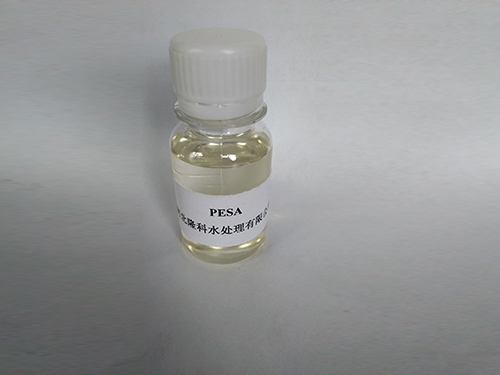Effects of Polyaluminum Chloride Solutions on Water Treatment and Purification Processes
Polyaluminum Chloride Solution An Overview
Polyaluminum chloride (PAC) is a widely used coagulant in water treatment processes. It is a polymeric aluminum compound that combines aluminum ions with chloride ions and hydroxide ions, resulting in a complex that effectively removes turbidity, color, and contaminants from water. Its versatility and effectiveness have made PAC a preferred choice in municipal and industrial water treatment applications.
The production of PAC involves reacting aluminum hydroxide with hydrochloric acid, producing a solution that can vary in concentration and composition depending on the desired application. PAC is available in both liquid and solid forms, but the liquid solution is more commonly used due to its ease of application and rapid dissolution in water.
One of the most significant advantages of polyaluminum chloride solution is its high charge density compared to traditional coagulants like aluminum sulfate. This higher charge density allows PAC to form larger flocs, which can be more easily removed from water during the sedimentation process. As a result, PAC is known to deliver quicker settling times and improved water clarity.
In addition to its use in drinking water treatment, PAC is also employed in wastewater treatment, pulp and paper manufacturing, and various industrial processes. In wastewater treatment plants, PAC effectively reduces suspended solids and aids in phosphate removal, which is essential for preventing eutrophication in natural water bodies. This capability to address multiple contaminants makes PAC a versatile solution for maintaining water quality.
polyaluminum chloride solution

Another benefit of using polyaluminum chloride is its effectiveness in a wide range of pH levels. It can function optimally in acidic to neutral waters, making it suitable for various water sources. This adaptability enhances its application in different environments and conditions, providing flexibility in treatment strategies.
Despite its many advantages, there are considerations for using PAC. While it is generally regarded as safe, monitoring must be maintained to manage aluminum levels in treated water, as excessive aluminum can pose health risks. Regulatory guidelines often dictate the permissible limits of aluminum in drinking water, necessitating careful adherence to these standards during treatment processes.
Moreover, the choice of coagulant should be based on specific water quality characteristics and treatment goals. While PAC is effective for many applications, it may not be the best option for every situation, prompting the need for thorough water analysis and testing to determine the most suitable treatment solution.
In conclusion, polyaluminum chloride solution is a powerful and versatile coagulant widely used in water treatment. Its ability to form larger flocs, efficiency across various pH levels, and effectiveness in removing multiple contaminants make it a valuable tool for ensuring safe and clean water. However, careful management and monitoring are essential to maximize its benefits while adhering to health and environmental standards.
-
2 Phosphonobutane 1,2,4 Tricarboxylic Acid (PBTCA): Superior Scale & Corrosion InhibitorNewsAug.31,2025
-
Dodecyldimethylbenzylammonium Chloride: High-Purity DisinfectantNewsAug.30,2025
-
2-Phosphonobutane-1,2,4-Tricarboxylic Acid: Scale & CorrosionNewsAug.29,2025
-
Premium Isothiazolinones | Broad-Spectrum Biocidal SolutionsNewsAug.28,2025
-
LK-319 Special Scale And Corrosion Inhibitor For Steel Plants: Advanced Solutions for Industrial Water SystemsNewsAug.22,2025
-
Flocculant Water Treatment: Essential Chemical Solutions for Purification ProcessesNewsAug.22,2025





